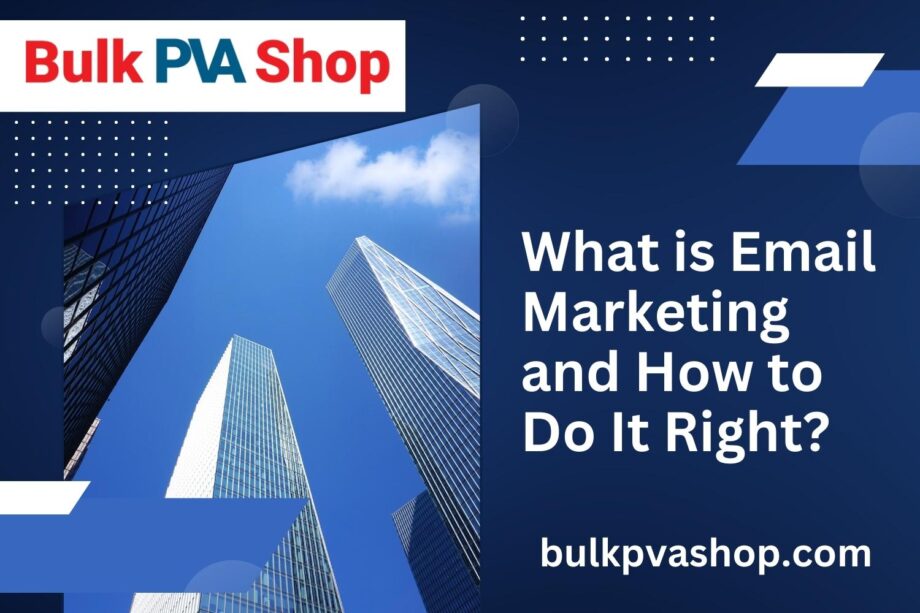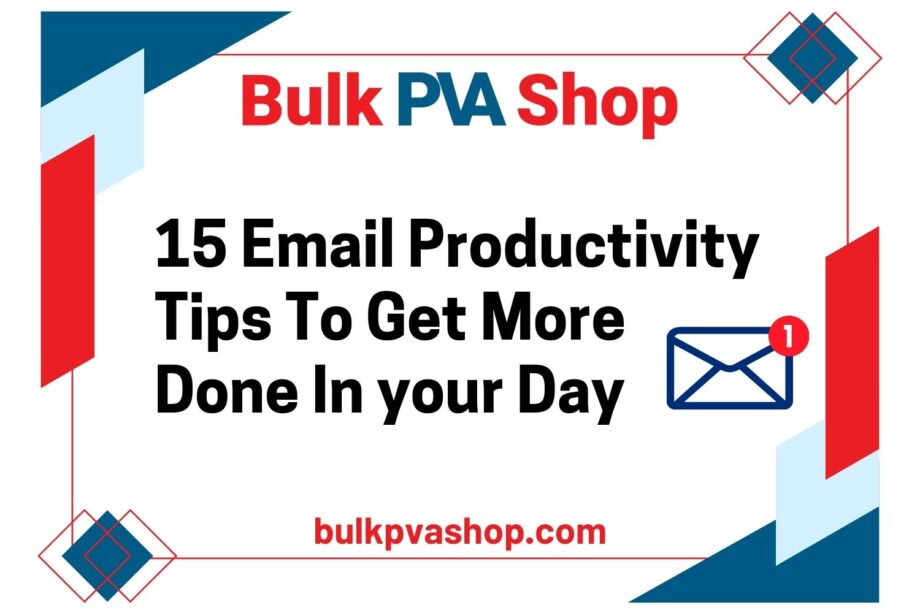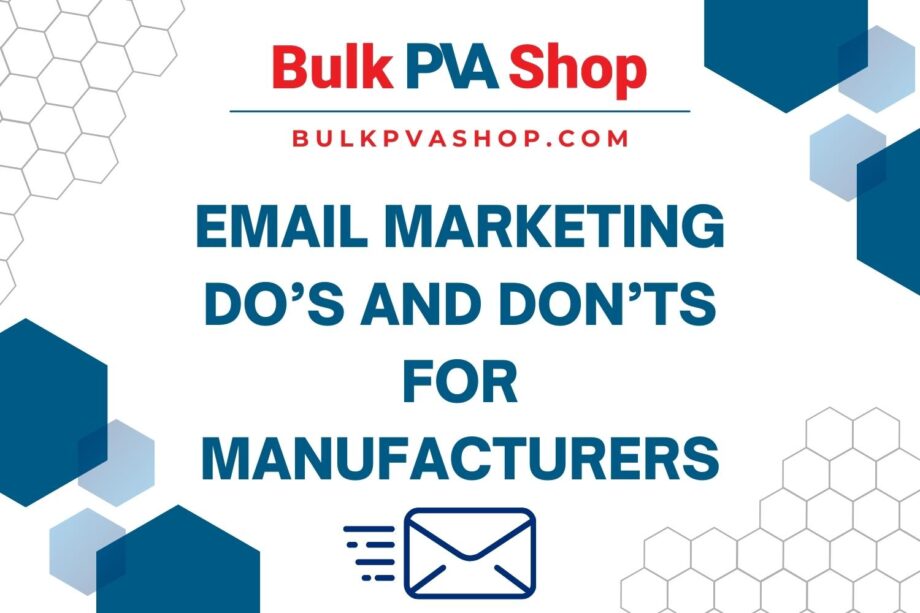In today’s fast-paced digital age, email marketing remains a cornerstone of effective communication and customer engagement for businesses of all sizes. It’s a powerful tool that allows companies to reach their audience directly in their inbox, delivering personalized content, promotions, and updates. In this comprehensive guide, we’ll delve into what email automation marketing is, its advantages and disadvantages, and provide a step-by-step approach to executing it successfully. Additionally, we’ll address common challenges and explore different types of email marketing campaigns for maximum impact.
What is Email Marketing?
Email marketing is a digital marketing strategy that involves sending targeted emails to a group of individuals with the aim of promoting products, or services, or fostering a relationship. These emails can range from newsletters containing valuable content to promotional offers, product announcements, and transactional messages.
Email Marketing Glossary
Before diving into the nuts and bolts of email marketing, it’s important to familiarize yourself with some key terms:
Subscriber: An individual who has opted in to receive emails from your business.
Open Rate: The percentage of recipients who opened the email. This is a crucial metric to measure the effectiveness of your subject lines and email content.
Click-Through Rate (CTR): The percentage of recipients who clicked on one or more links contained in an email. CTR measures the level of engagement with your email content.
Conversion Rate: The percentage of recipients who completed the desired action after clicking on a link in your email, such as making a purchase or filling out a form.
Segmentation: is the process of categorizing your email list into smaller, more targeted groups based on specific criteria such as demographics, behavior, or preferences.
What are the Advantages of Email Marketing?
1. Cost-Effective
Email marketing is highly economical when compared to conventional advertising strategies. Printing, mailing, and advertising space are no longer necessary.
2. High ROI
Email campaigns consistently demonstrate a high return on investment. When executed effectively, it can generate substantial revenue for businesses.
3. Personalization
Email marketing allows for highly personalized content, enabling businesses to tailor messages to individual preferences, behaviors, and demographics.
4. Automation
With the use of email automation platforms, businesses can automate various aspects of their campaigns, from sending welcome emails to nurturing leads and even re-engaging dormant subscribers.
5. Measurable Results
Email marketing provides detailed metrics and analytics, allowing businesses to track open rates, click-through rates, conversion rates, and more. This information is crucial for enhancing upcoming campaigns.
What Are the Disadvantages of Email Deliverability?
1. Deliverability Issues
Email deliverability can be a challenge, as messages may end up in spam folders or not be delivered at all. Maintaining a clean, engaged list is crucial to combating this issue.
2. Content Overload
Inboxes are inundated with messages daily, making it essential for businesses to stand out with relevant, engaging content.
3. Regulatory Compliance
Email marketing is governed by a number of laws, including the CAN-SPAM Act in the US. Non-compliance can result in penalties.
4. Opt-Outs and Unsubscribes
Some recipients may choose to unsubscribe from your emails, which can impact the size of your email list. It’s important to respect these requests promptly.
5. Constant Adaptation
The email template landscape is constantly evolving with changes in technology, regulations, and consumer preferences. Staying updated with best practices is essential.
How to Do Email Marketing with Success: A 5-Step Guide
1: Define Your Objectives and Target Audience
Prior to purchasing an email automation platform or sending your first email, you must decide on your objectives. It’s not enough to employ email marketing just because we say so.
What do you want to sell via email? is a simple approach to answering this query. Or, to put it another way, how do you intend to profit from email marketing?
For instance, if you run an online store or offer services, you could wish to promote them to your email list by selling goods and services.
What you’re offering to bloggers and content producers is content. You could either sell advertising and affiliate links or charge readers directly for content, as with a membership website. Email can be used.
2: Choose an Email Service Provider
Focus on organic list-building methods to ensure you have an engaged and interested audience. Avoid purchasing or renting email lists, as this can lead to deliverability issues and low engagement rates.
First and foremost, you require an email service provider (ESP). You may build, send, and manage email campaigns for your audience with the help of an ESP. Costs can be kept under control by selecting email marketing software with the features you require. Below, we’ll discuss some reasonably priced email marketing software options:
Want to make your email marketing efforts more effective? Constant contact is the only option. Constant Contact assists small businesses in engaging their audience with its powerful and user-friendly features. This email service provider provides a seamless experience, from editable templates to automated campaigns.
3: Craft Compelling Content
Crafting compelling content requires a combination of creativity, understanding your audience, and effective communication.
Determine the goal of your content. Are you trying to educate, entertain, inspire, persuade, or inform? Knowing your purpose will help shape the tone, style, and format of your content.
It should be clear and compelling and give a sense of what the content is about. Use action words and numbers, and make it intriguing.
Begin with a strong opening that grabs attention. This could be a story, a shocking fact, a question, or a bold statement.
Content should be informative, useful, or entertaining. It should solve a problem, answer a question, or provide insights
4: Test and Optimize
Testing and optimizing your content is crucial for improving its effectiveness and reaching your goals.
Create two versions of your content with slight variations (e.g., different headlines, images, or calls-to-action). Test them on a small portion of your audience and determine which version performs better.
Gather feedback from your audience through surveys, comments, or social media. Ask for their opinions on content quality, relevance, and what they’d like to see more of.
If your content is SEO-driven, monitor the performance of your target keywords. Are they driving organic traffic? Are there opportunities to optimize for other keywords?
If your content has a specific goal (e.g., lead generation or sales), use CRO techniques to improve the likelihood of conversions. This may involve tweaking elements like call-to-action buttons, forms, or landing page design.
Keep an eye on industry trends and changes in consumer behavior. Adjust your content strategy to align with emerging preferences.
Remember, the key is to approach testing and optimization with a data-driven mindset. Use the insights you gain to make informed decisions about how to refine and improve your content strategy over time.
5: Monitor and Analyze
Monitoring and analyzing your content’s performance is crucial for refining your strategy and ensuring it aligns with your goals. Here’s a step-by-step guide:
Define clear objectives:
Start by outlining specific goals for your content. This could be increasing website traffic, boosting engagement, generating leads, or improving conversion rates.
Choose the right tools:
Utilize analytics platforms that are relevant to your content channels. Google Analytics is commonly used for websites, while social media platforms offer their own insights.
Regularly review key metrics:
Keep an eye on important metrics like page views, unique visitors, bounce rate, time on page, click-through rates, conversion rates, and social media engagement. Understand what each metric means for your objectives.
Analyze user behavior:
Use tools like heatmaps, click maps, and user flow analysis to understand how visitors interact with your content. Identify areas of interest and any drop-off points.
5 Biggest Email Marketing Challenges (And How to Solve It)
Challenge 1: Low Open Rates
Solution: Improve your subject lines and sender name to increase open rates. Segment your list for more personalized content.
Challenge
2: High Unsubscribe Rates
Solution: Provide clear value in your emails, set expectations, and make unsubscribing easy and straightforward.
Challenge
3: Spam Complaints
Solution: Ensure compliance with email marketing regulations and maintain a clean, engaged list.
Challenge
4: Ineffective Segmentation
Solution: Invest time in understanding your audience and segment based on behavior, preferences, and demographics.
Challenge
5: Lack of Engagement
Solution: Re-engage inactive subscribers through targeted campaigns, and consistently provide valuable content.
7 Types of Email Marketing Campaigns
Welcome Series: Introduce new subscribers to your brand, set expectations, and deliver value.
Promotional Campaigns: Highlight special offers, discounts, or new product launches to encourage conversions.
Educational Content: Provide informative content, such as blog posts or webinars, to establish authority and build trust.
Abandoned Cart Emails: Remind customers of items left in their shopping cart to recover potential sales.
Re-engagement Campaigns: Target dormant subscribers to regain their interest and bring them back into your active audience.
Event Invitations: Promote events, webinars, or workshops to a targeted audience.
Feedback and Surveys: Gather valuable insights from your audience to improve products or services.
To buy the best quality Gmail account click here
In conclusion
Email marketing is a dynamic and versatile tool that, when used effectively, can yield significant benefits for businesses. By understanding its fundamentals, addressing common challenges, and implementing various types of campaigns, you can create a powerful email campaign strategy that drives engagement, conversions, and customer loyalty.
Remember, consistency, relevance, and value should always be at the forefront of your email marketing efforts. Happy emailing!



